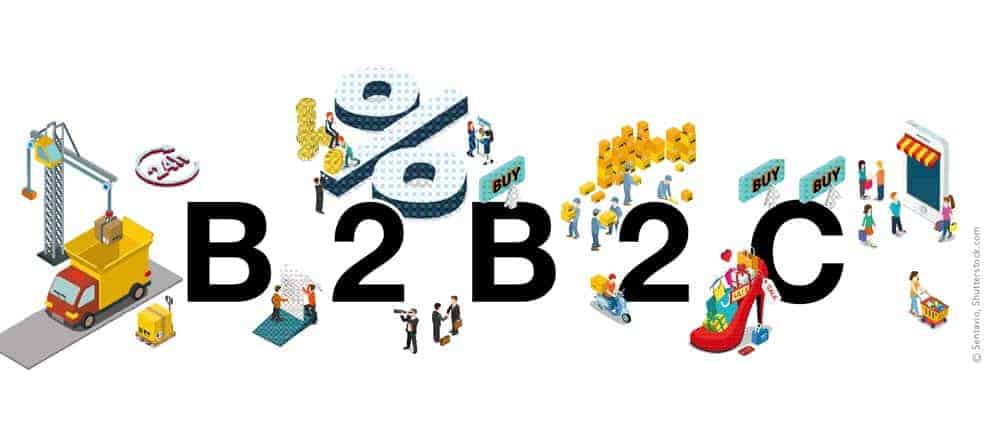Hybris only works with DAM


Every company strives to create a consistent brand message. So that the consumer is reached at every point of contact, the so-called touchpoint, and experiences a consistent shopping experience.
However, this is easier said than done, because the number of touchpoints is constantly increasing due to the growing use of tablets and smartphones: Social networks such as Facebook, Twitter, Instagram and Pinterest have to be controlled just as much as the company's own website and the associated newsletter or the classic media of print, TV and radio.
Different rules apply to each individual channel: Instagram is very image-heavy, on Twitter you have to limit yourself to 140 characters, etc.
In addition to external communication, there is also internal company communication and possibly an international marketing orientation. So there is a great danger that the semantic and visual consistency of the brand message will be lost due to inefficient processes.
To prevent this from happening, companies are using omnichannel solutions. SAP has also recognized this and acquired Hybris, one of the world's leading providers of omnichannel and commerce solutions.
The potential customer is accompanied from the initial search for information to the conclusion of the purchase, regardless of the time or place. An omnichannel solution like Hybris now helps define strategies for this cross-media communication.
However, the success of omnichannel marketing depends to a large extent on the content that is played out across the individual channels. Storytelling takes the place of pure product information.
Consumers are not only looking for technical data on the new iPhone, they also want to know something about the look and feel. In addition to text, images, videos, animations, music, etc. are used for this purpose.
The combination of these contents, the so-called rich content, conveys the brand message, the one, central message that should reach the consumer always and everywhere.
If omnichannel marketing already presents companies with major challenges that cannot be mastered without clear strategies, most fail to manage content.
Example:
A company launches a new product. It is presented on the website, included in the print catalog, promoted via the newsletter and announced via press release.
Although the same product image is used for each channel, it is in different formats with different resolutions, which means that the amount of data for rich content is constantly increasing: Not only images, but also videos with the same content are available in different formats.
Redundant storage processes occur. Due to different versions, the overview is lost as to which version is intended for which channel.
Accordingly, the management of the individual contents is time-consuming. Incorrect playout of content leads to an inconsistent brand message. Digital asset management (DAM) provides a remedy.
Digital assets are digital contents such as images or videos. The DAM offers a holistic workflow for working with media content without redundancies. For example, an image can be selected for playout on a specific channel.
The channel-specific adaptation of the file takes place automatically in the background. The content is recorded together with metadata in a central database. The advantage: data is no longer duplicated, no additional storage space is required, and the content can be found quickly.
Rights management also determines who may use or edit images, for example. The DAM is integrated into existing IT landscapes via interfaces in order to communicate with Product Information Management (PIM) or solutions such as Hybris.
With a DAM, companies automate many content-related processes in omnichannel marketing, ensuring consistent brand messaging at every touchpoint.






